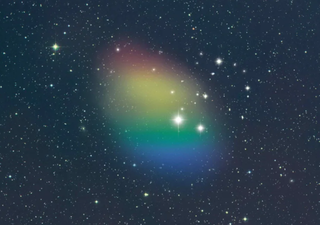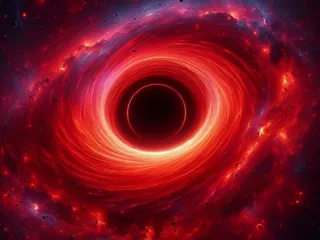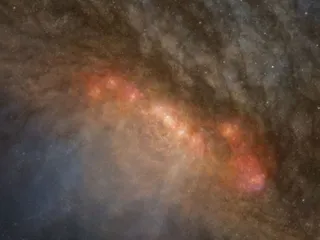The James Webb Space Telescope Finds the Oldest Galaxy in the Universe: JADES-GS-Z6
Using the James Webb Space Telescope (JWST), scientists have discovered an unprecedented pair of galaxies observed just 300 million years after the Big Bang.
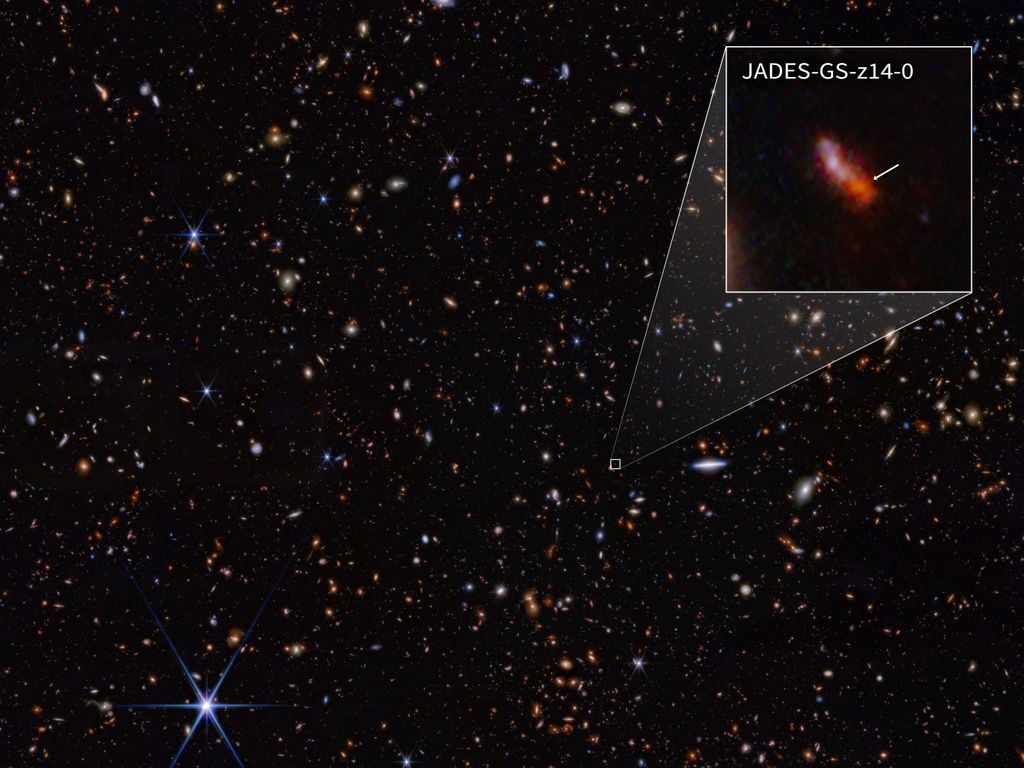
For the past two years, JWST has explored what astronomers call the Cosmic Dawn: the period when the first galaxies were born, just one hundred million years after the Big Bang. These galaxies provide us with vital information about how gas, stars and black holes evolved in the Universe when it was still very, very young.
In October 2023 and January 2024, an international team of astronomers used JWST to observe galaxies as part of the JWST Advanced Deep Extragalactic Survey (JADES) program. Using JWST's Near Infrared Spectrograph (NIRSpec), scientists obtained a spectrum of an unprecedented galaxy observed just 290 million years after the beginning of our Universe.
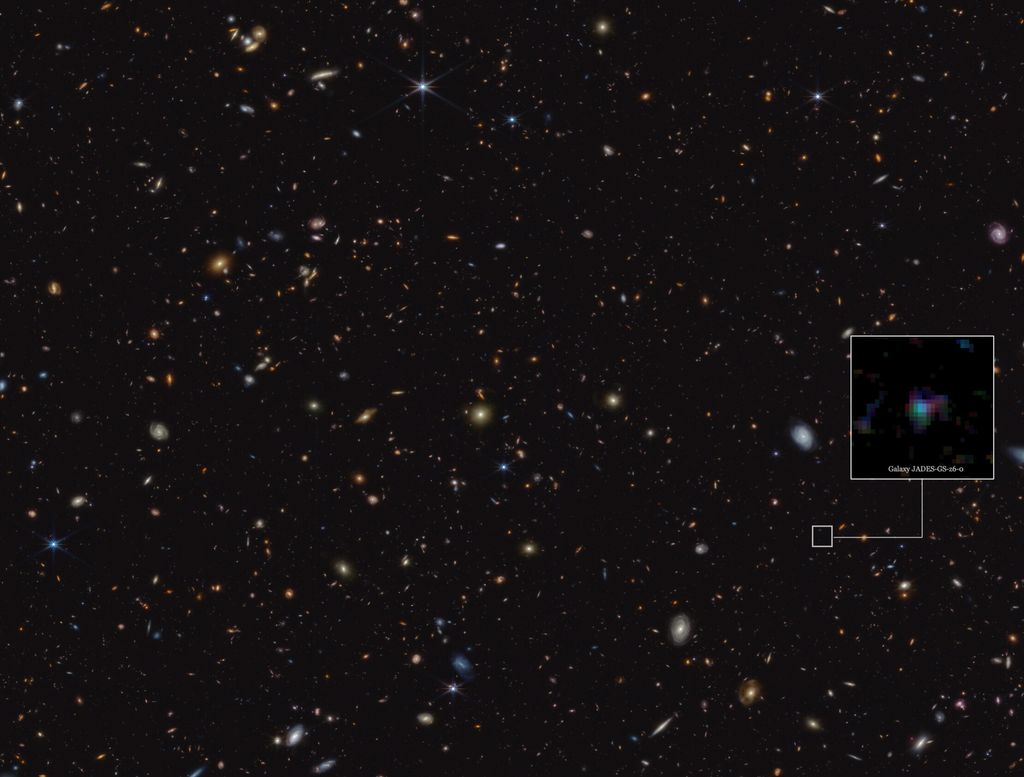
The dark side of the Universe
Until relatively recently, we had very little concrete knowledge about the period known as the Cosmic Dawn, which spans the beginning to the first billion years after the Big Bang 13.8 billion years ago. This is because the Universe was filled with a fog of neutral hydrogen that scattered light, preventing it from propagating.
This fog did not last; It was ionised and lightened by ultraviolet light emitted by objects in the early Universe, and by the end of the Cosmic Dawn, space was transparent. By then, however, there were a lot of stars and galaxies floating around.
If we want to know how everything formed, we must be able to see into the fog. This is one of the things JWST was designed to do, with its powerful infrared eyes. Infrared radiation can travel through dense media that other lights cannot, and its long wavelengths can pass through them with minimal scattering.
In a galaxy far, far away
JADES-GS-z6 is an ancient galaxy that existed approximately 13 billion years ago. In other words, the light we received from the telescope was emitted by JADES-GS-z6 a few million years after the Big Bang, during a period known as the cosmic dawn. Astronomers observed the chemical signature of carbon-rich dust grains in this galaxy. These dust grains are similar to polycyclic aromatic hydrocarbons (PAHs) found in the most recent Universe. However, it is unlikely that they would have formed in the first billion years of cosmic time.
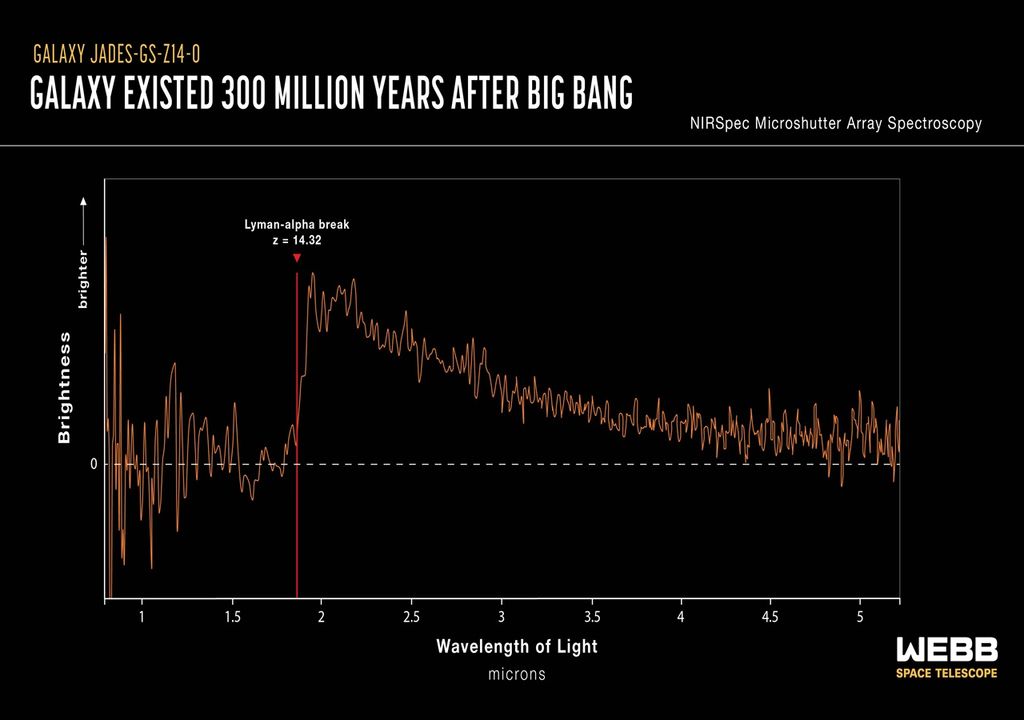
The observation of JADES-GS-z6 suggests the exciting possibility that the telescope may have detected a different species of carbon-based molecule, such as tiny grains of graphite or diamonds produced by the first stars or supernovae. Additionally, this galaxy shows significant dust obscuration and has experienced substantial metal enrichment compared to other galaxies of similar mass. The colour gradient visible in the galaxy could indicate a peculiar alignment of stars and dust.
James Webb innovating again
The unprecedented sensitivity of the James Webb Space Telescope (JWST) allows us to explore these mysteries of the early Universe. In the image, blue, green and red colours were used to represent data captured by the Telescope's near-infrared camera (NIRCam).
These data correspond to different wavelengths: 0.9, 1.15 and 1.5 microns; 2.0, 2.77 and 3.55 microns; and 3.56, 4.1 and 4.44 microns. The galaxy we see in the image is called JADES-GS-z6. It is magnified to a region measuring at approximately 1x1 arcsecond (arcsec) in the sky.
The image shows a deep galactic field with thousands of galaxies of different shapes and sizes. But the specific cutout we're interested in is the galaxy JADES-GS-z6, which appears as a blurry blob of blue, red, and green.
Large objects have been found much earlier than we expect. This has been crazy, since research has been under the assumption that things like supermassive black holes and galaxies take a long time to form, much longer than the time period in which we observe them.
Friends and rivals
However, JADES-GS-z14-0, a galaxy in the same field of study, takes the cake. It's very big and very bright, nothing like what astronomers have predicted galaxies in the early Universe will be like. Its size shows that the light comes from stars, rather than a growing supermassive black hole.
Analysis of its light reveals the presence of a lot of dust and oxygen, something unexpected at such an early stage. These heavy elements would have to be manufactured inside stars that would then explode. Which suggests that several generations of massive stars must have existed 300 million years after the Big Bang.
Today we know that the largest stars are only a few million years old, that's not impossible, but it's still not exactly what astronomers expected to find. Taken together, this discovery suggests that we need to rethink the early Universe, and that the large number of light sources we see cannot be fully explained by growing black holes. Somehow, large, bright, well-formed galaxies can assemble early in the Cosmic Dawn.





